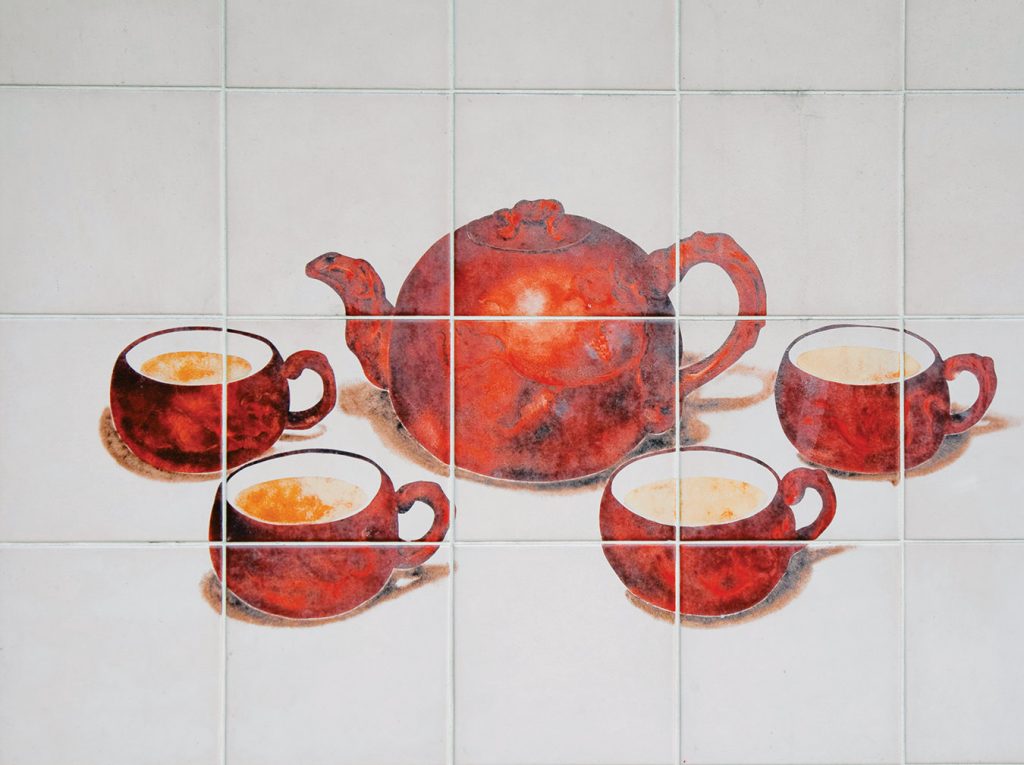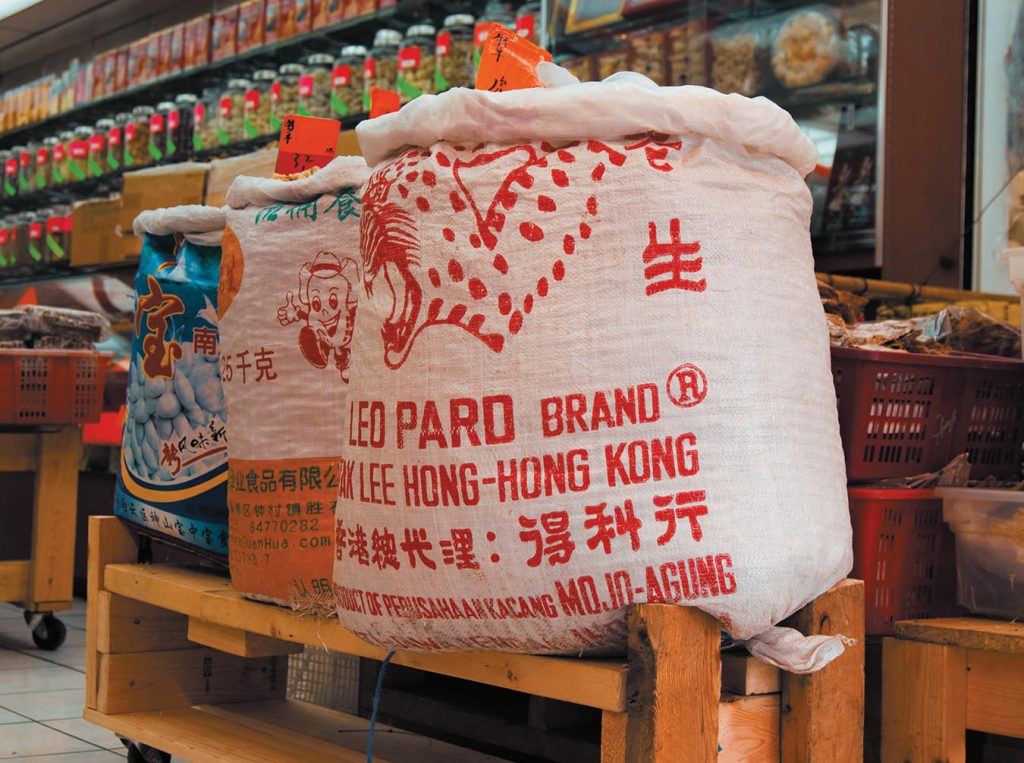Social anachronism or historic treasure? Once the nexus for Vancouver’s Chinese immigrant population, Canada’s largest Chinatown fell into a gradual state of decline as subsequent generations of the city’s Cantonese community dispersed throughout the Lower Mainland, establishing business and shopping cores in Burnaby and Richmond. Recent years, though, have seen a resurgence of interest in the area’s cultural significance. The current push to have Chinatown declared a UNESCO world heritage site before the 2010 Olympics dovetails with privately and publicly funded revitalization efforts to restore its faded glory.
A stroll through this vibrant neighbourhood encompasses a vast array of sensory experiences, some mouthwatering, some exotic and mysterious. Gastronomes, tourists and locals alike are invariably drawn to the panoply of culinary delights offered in Chinatown’s fresh market, bounded by Main Street to the west and Gore Street to the east. Your nose may wrinkle at the smell, but your eyes will be dazzled by the staggering array of bins spilling out from the storefronts onto the sidewalk, filled with a myriad of pungently scented dried foodstuffs. There are threadlike silverfish for flavouring soups and stirfries, seemingly flighted lizards on sticks used in medicinal tonic soups and wolfberries (goji berries) for steeping herbal teas and sprinkling atop congee.
Not all the smells are foreign, however. Few can resist the seductive aroma wafting from bakeries such as Maxim’s or Sun Fresh on Keefer Street. Grab a snack in hand to fuel your stroll: sweet-crusted pineapple coconut and savoury barbecued pork buns, or perhaps light and flaky tarts filled with creamy egg custard. If you’re lucky, they’ll still be warm from the oven.
Starch acquisition complete, wander over to the Dollar Meat Store on East Pender, a neighbourhood mainstay for over 32 years. Mahogany-skinned barbecued ducks and crackling-laden sides of crispy roasted pork hanging in the window are sure to lure you inside with their promise of protein goodness. The walls are adorned with clutches of salty-sweet dry sausage (lap cheung) and umami-rich dry-cured Yunnan ham; specialties include pressed duck and free-range chicken. For a welcome respite from the jostling crowds, step into one of the two locations of Ten Ren Tea and Ginseng Company that bookend the 500 block of Main Street. A hushed aura lends itself to quiet appreciation of the sample you’ll invariably be offered for sipping—perhaps pungent black tea, sweet and peppery ginger flower or ethereally scented jasmine.
Stop at Tinland Cookware on East Pender to pick up any necessary accoutrements for creating a home-cooked Chinese meal of your own. Popular with both chefs and home cooks seeking well-priced kitchen goods, its ceiling-high shelves are well stocked with razor-sharp carbon steel cleavers, cast-iron plates, stone bowls for sizzling table service, and stock pots large enough to bathe in. What can’t be sourced at Tinland is sure to be found at Ming Wo. An epicure’s paradise, it carries everything from Cuisinart to chopstick rests, from Le Creuset to long-handled woks. You may well choose to end your stroll in a restaurant such as Phnom Penh, or the expansive Floata. Whether you do, or choose to head home with sundries and supplies to cook, it is always worth the visit to Chinatown.











